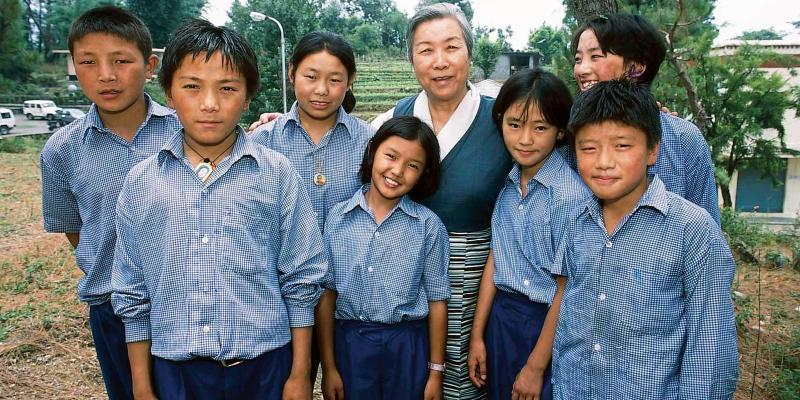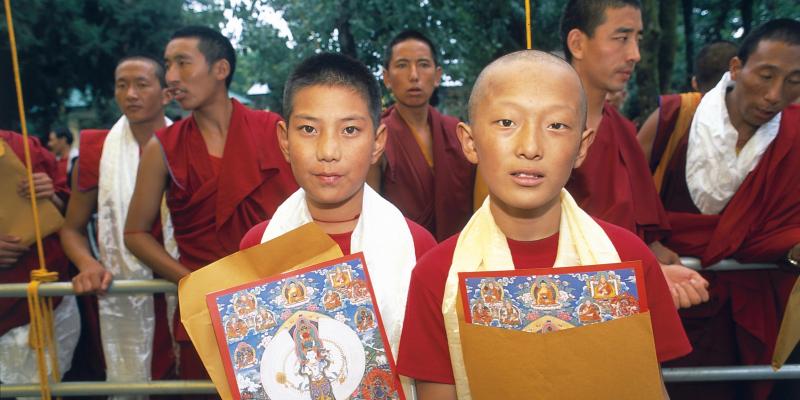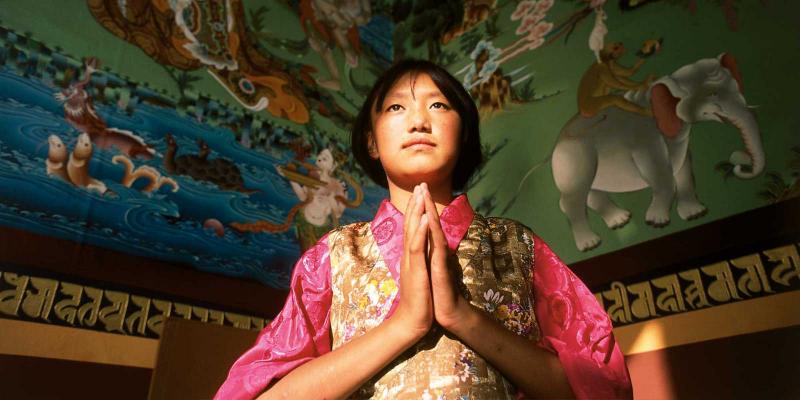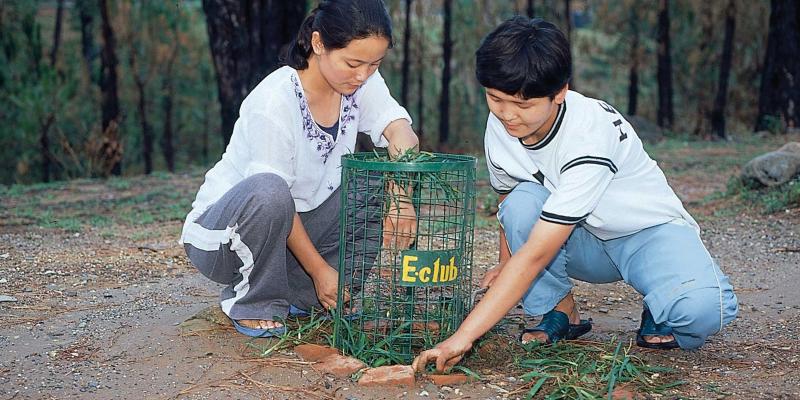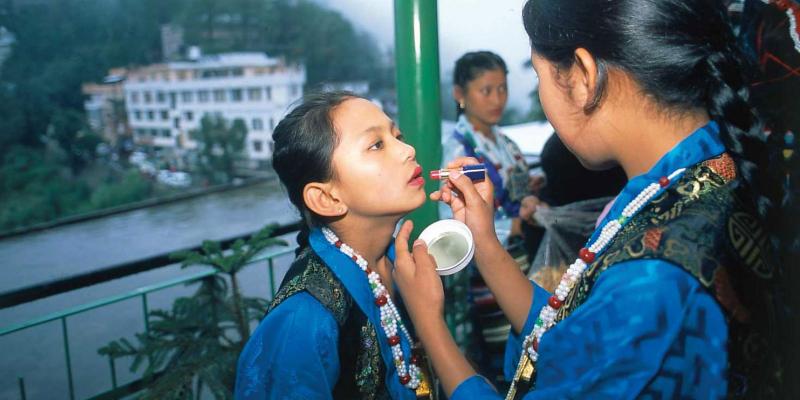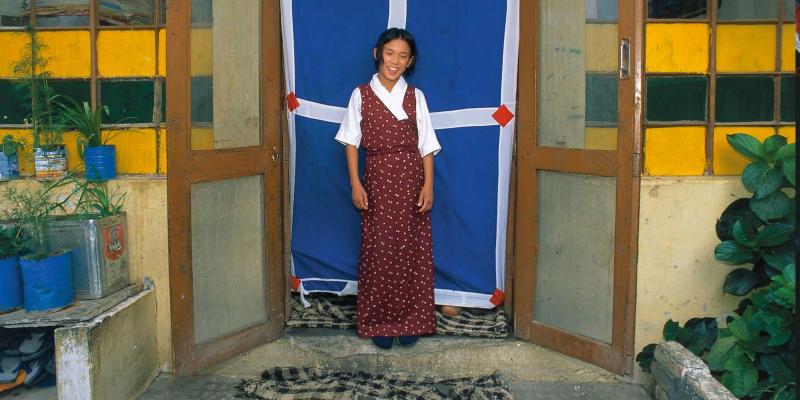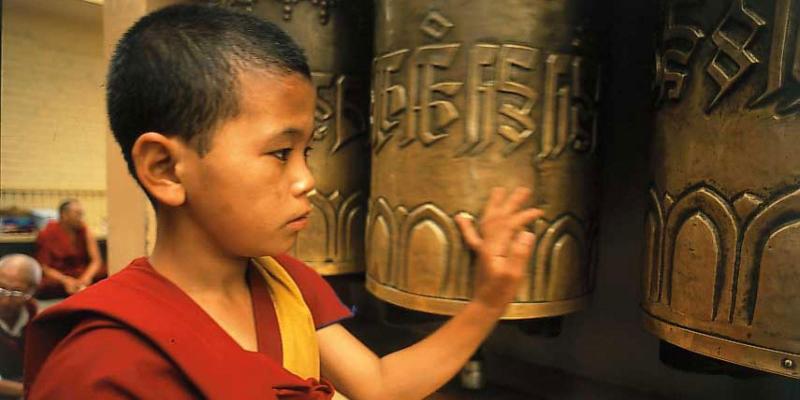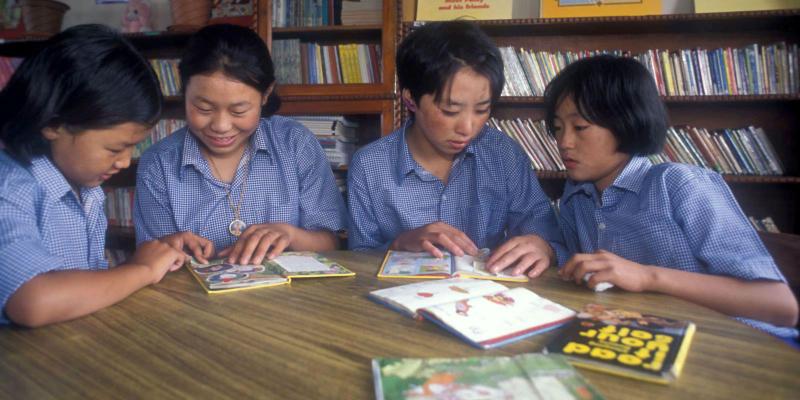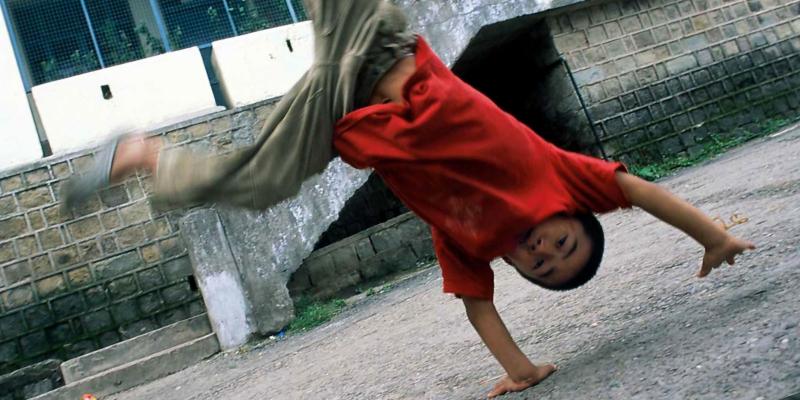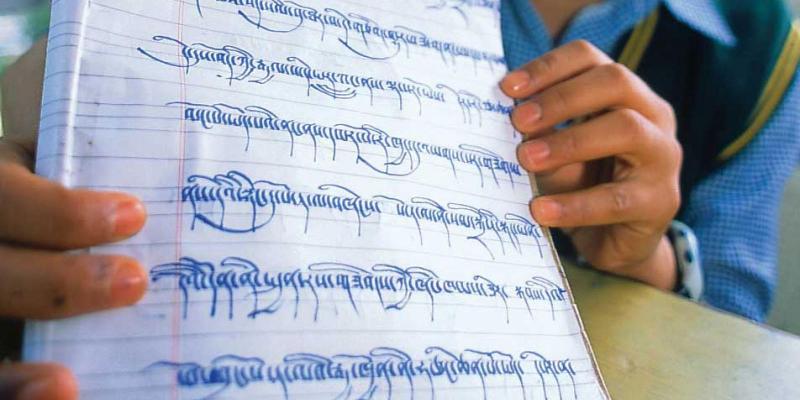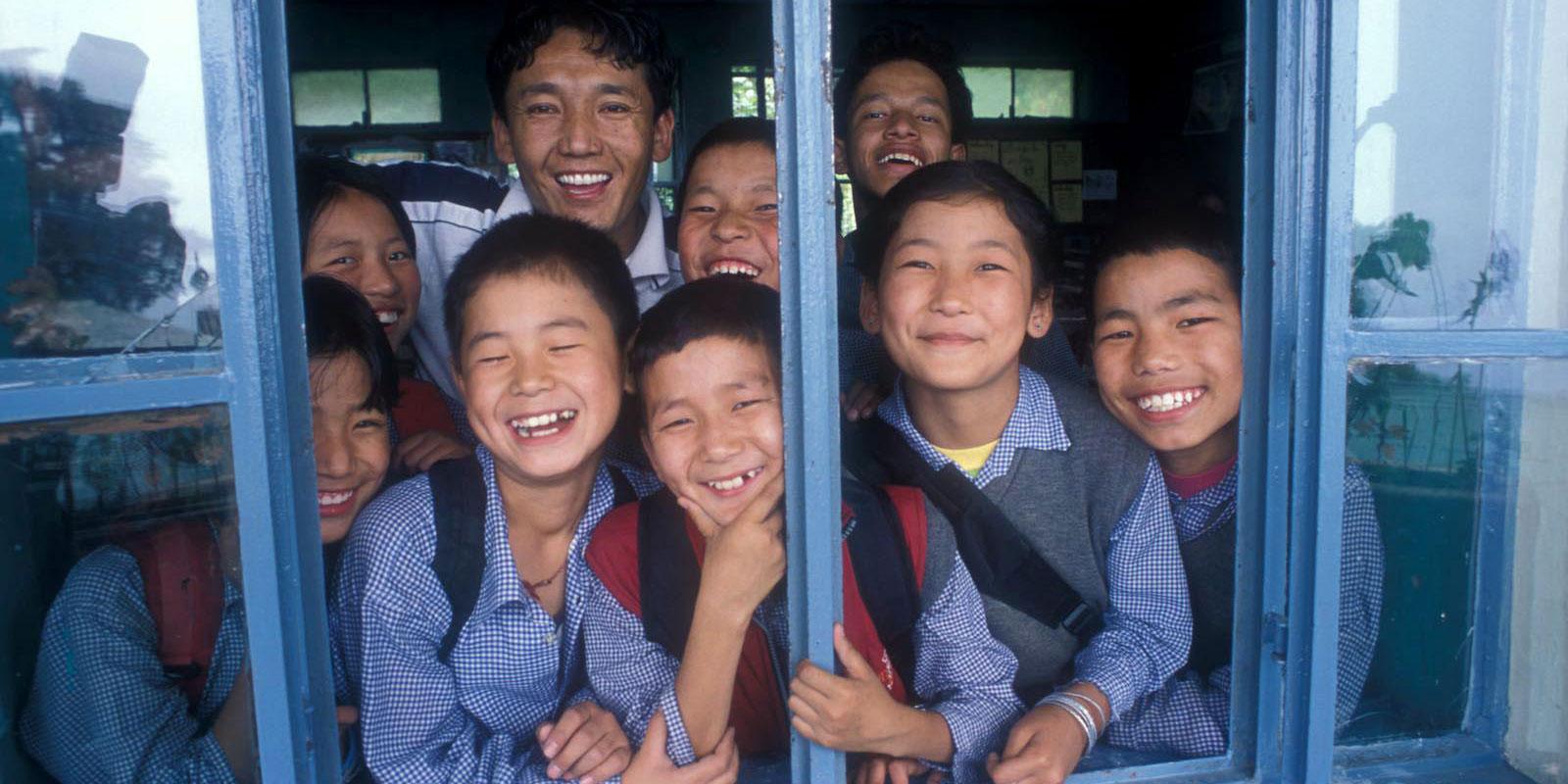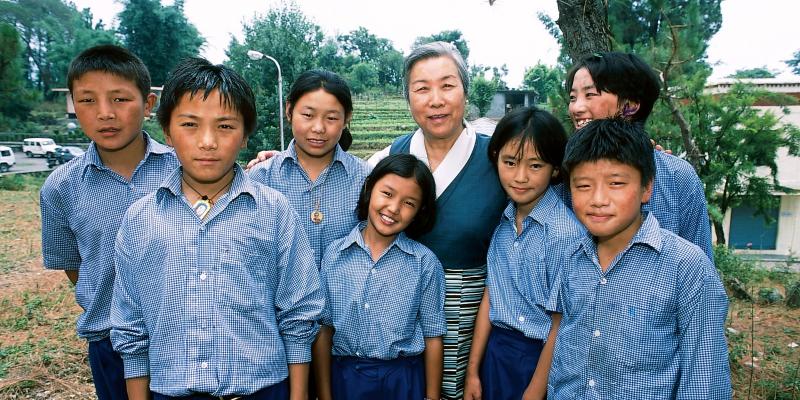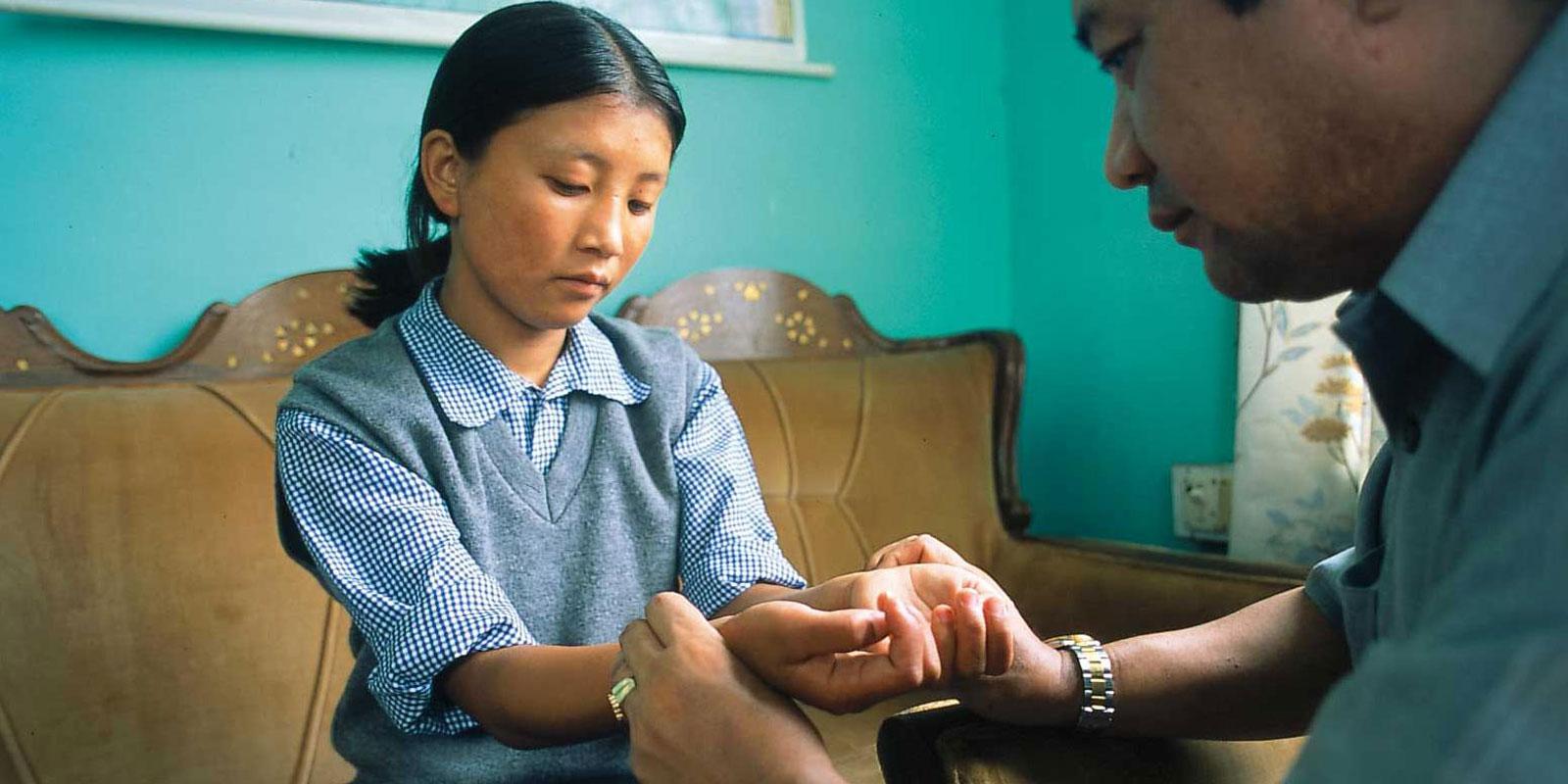
When Naljor, 14, walks up the steep steps of the children’s village she often stops to catch her breath. The other children call her granny, because she often walks slowly and bent like an old woman. They don’t mean any harm, but it still makes Naljor sad.
Naljor has been tired and has had trouble eating since she came to India from Tibet when she was four years old. “Mother died when I was born and I think that’s why I am so weak,” she says. ”I didn’t get any mother’s milk.” The Indian doctors say that Naljor has a bad blood count and give her vitamins, but it doesn’t help. In the end, the home mother sends Naljor to a Tibetan doctor.
Tibetan doctors, or amchis as they are called in Tibetan, have developed their medical traditions over 2500 years. When the Tibetans escaped to India in 1959, a doctor succeeded in getting out of the country. The Dalai Lama gave him the task of opening a Tibetan hospital and starting doctor training.
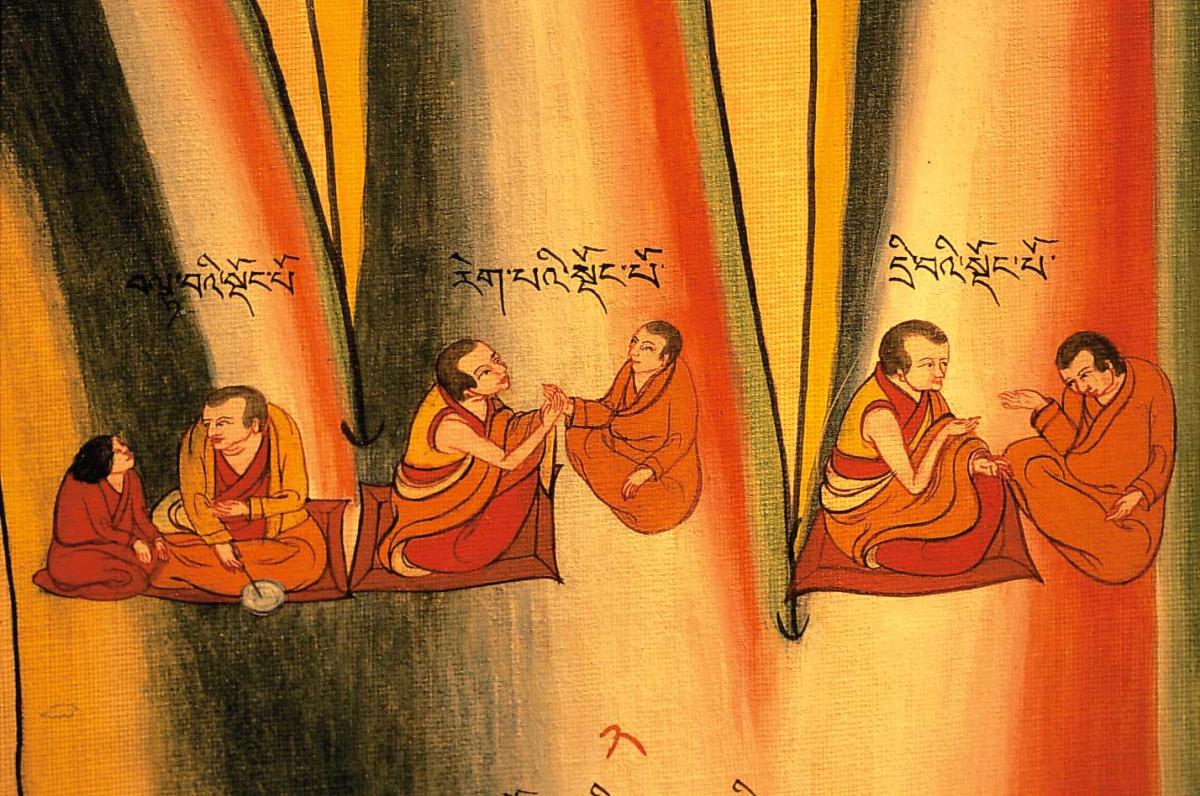
The pulse reveals all
First the doctor asks how Naljor feels and where she comes from. Then he takes her wrists and begins reading her pulse. He doesn’t count her heart beats but presses his finger tips at different pressures in different places. Through the pulse a Tibetan doctor can tell which of the body’s organs are sick. A regular doctor often uses an X-ray to do this.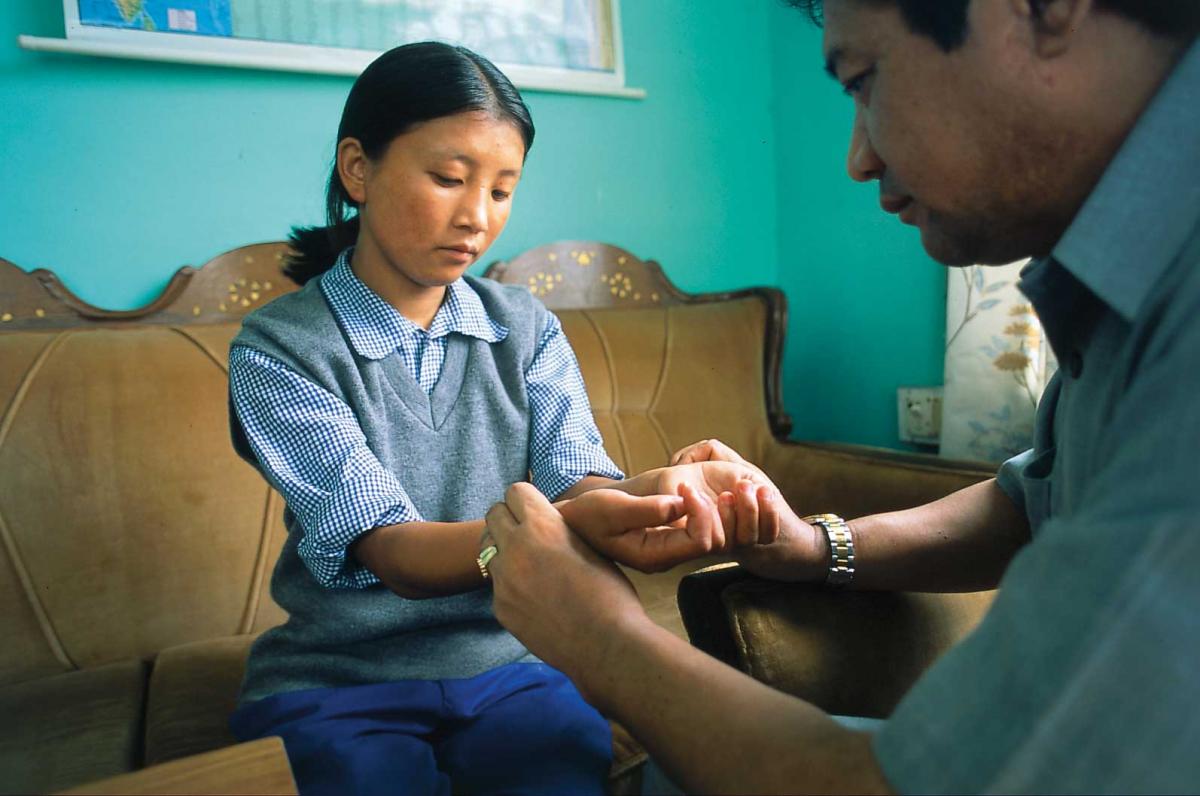
The doctor gives Naljor advice about how she can eat better and also prescribes a medicine which she promises to take, despite the fact that Tibetan pills are well known for tasting really bad. But it is worth it if her dream of being fit enough to play basketball can become a reality.
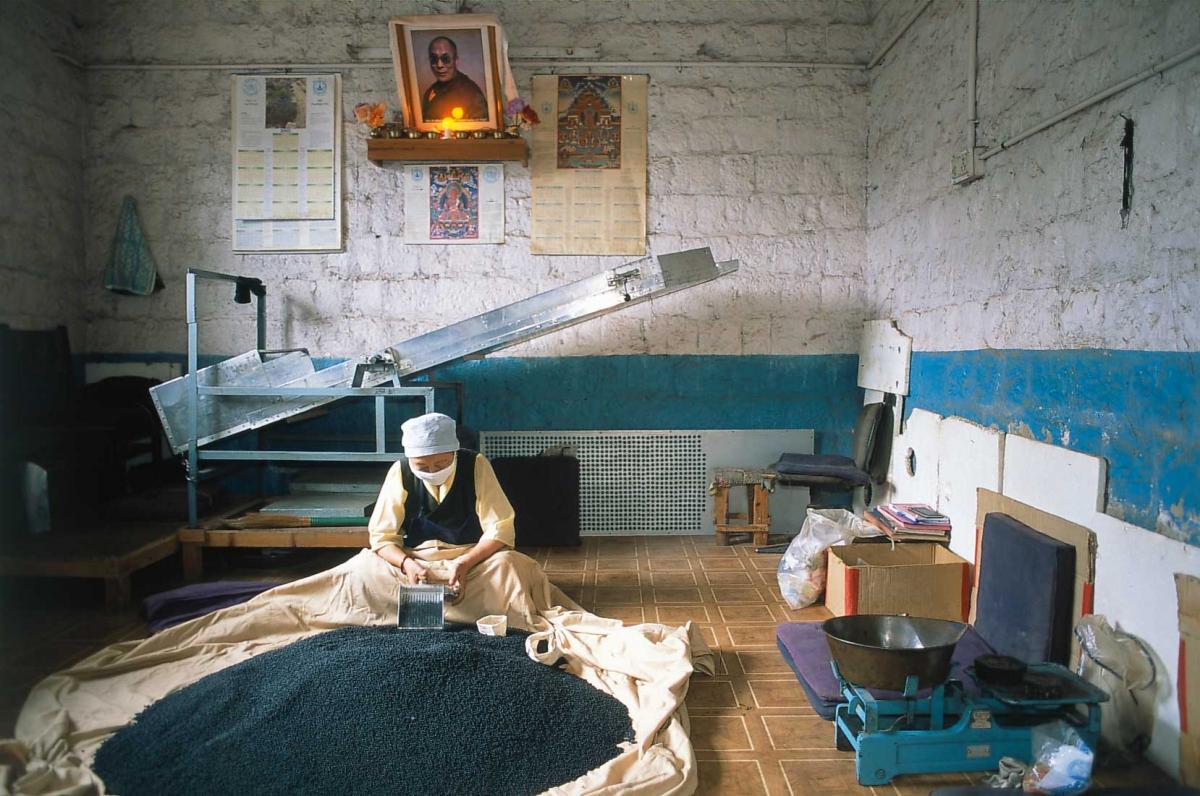
Precious pills
The famous precious pills are made of herbs and finely ground precious stones and metals like gold, emeralds and rubies. The pills are sold in small silk bags and cost a lot of money.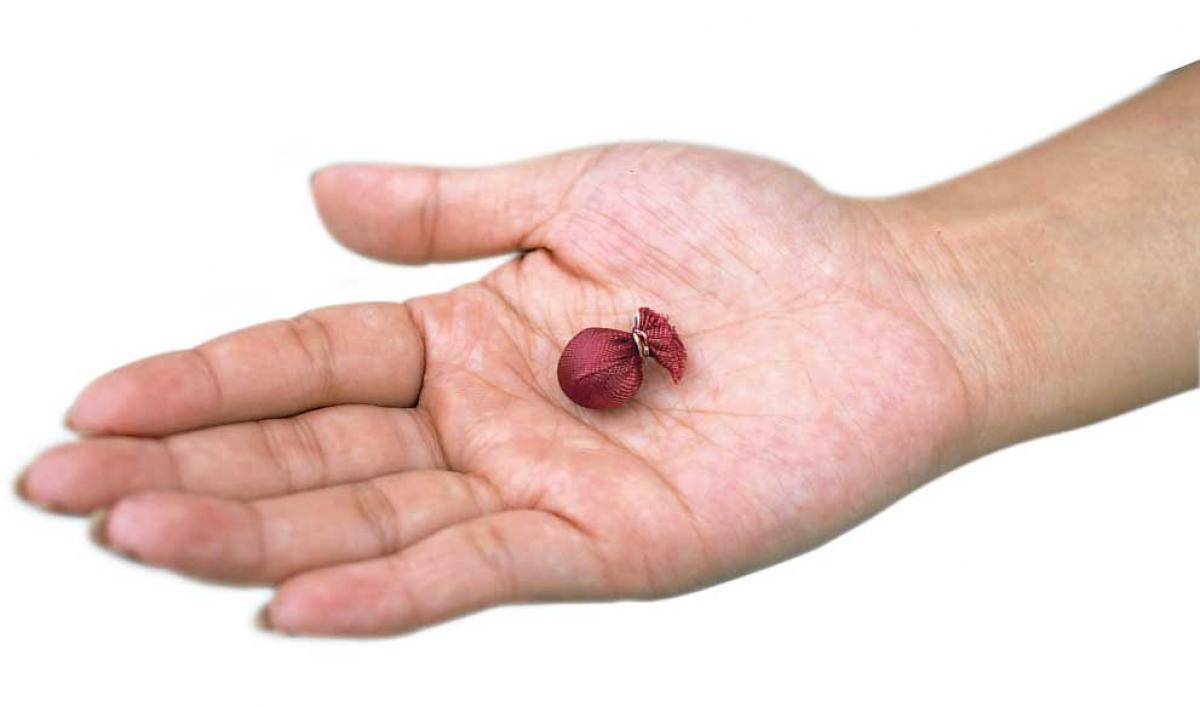
Related stories
Långgatan 13, 647 30, Mariefred, Sweden
Phone: +46-159-129 00 • info@worldschildrensprize.org
© 2020 World’s Children’s Prize Foundation. All rights reserved. WORLD'S CHILDREN'S PRIZE®, the Foundation's logo, WORLD'S CHILDREN'S PRIZE FOR THE RIGHTS OF THE CHILD®, WORLD'S CHILDREN'S PARLIAMENT®, WORLD'S CHILDREN'S OMBUDSMAN®, WORLD'S CHILDREN'S PRESS CONFERENCE® and YOU ME EQUAL RIGHTS are service marks of the Foundation.



